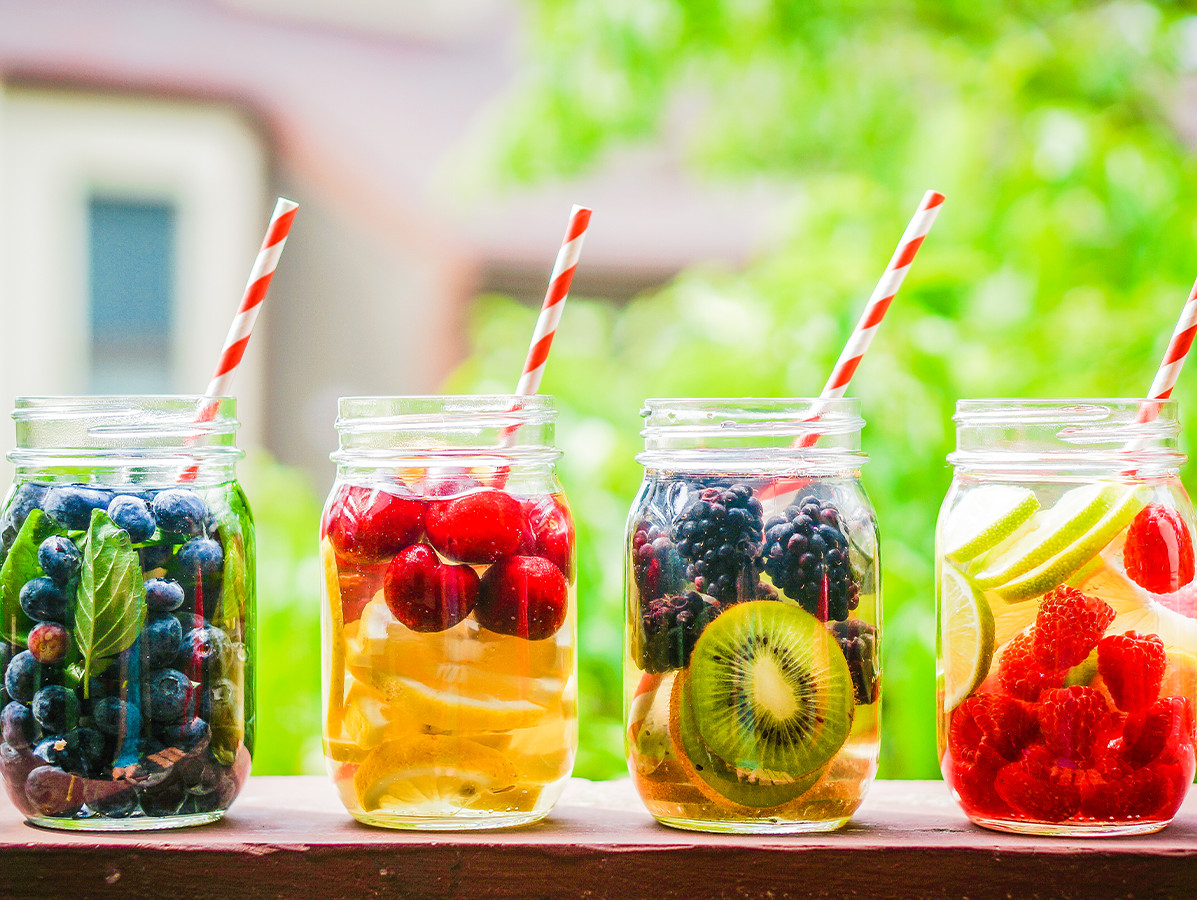
European citizens have been exposed to a dramatic rise in the frequency and intensity of residues of the most toxic pesticides on fruits and vegetables sold in the EU, according to a report by PAN Europe. The report contradicts official claims that toxic pesticides use is declining and that food residue levels are under control.
The report focuses on the residues of a category of pesticides defined as “more hazardous” by the European Commission in the context of the EU Farm to Fork Strategy. These are in fact the single most dangerous and most heavily regulated category of pesticides, linked to a range of chronic diseases including cancers, cardiovascular problems or diabetes. They can also be highly toxic to the environment, poisoning rivers and other precious ecosystems.
PAN Europe examines not just the extent of contamination of fruits and vegetables produced in the EU, but, for the first time, patterns of contamination over time. Researchers analysed the results of a Europe-wide programme of government sampling. This revealed a dramatic upward trend of fruits contaminated with the most hazardous category of pesticides between 2011 and 2019. While kiwi fruits were almost free (4%) of these most toxic substances in 2011, almost a third (32%) were contaminated in 2019. Likewise, half (50%) of all cherries sampled were contaminated in 2019, compared to 22% in 2011. This increase goes hand in hand with an increase in the intensity of pesticides used in mixtures. While 6,4% of fruits were found to be contaminated with at least two of these most toxic pesticides in 2011, this figure has risen to 10,2% in 2019.
Although scientists warn of growing evidence that such ‘chemical cocktails’ amplify human health impacts, such combinations are still not assessed by authorities, despite it is required by the law. Finally, this report highlights the near omnipresence of these most toxic pesticides in certain cases. By 2019, for example, 87% of the pears produced in Belgium were contaminated with at least one of them and 85% in Portugal.
Under the 2020 EU Farm to Fork Strategy, the use of this category of most hazardous pesticides should be halved by 2030 in the EU. Based on sales, the European Commission already claims a 12% reduction in 2019 compared to 2015-2017. However, this report is a strong rebuttal to that claim: in 2019, the proportion of fruit and vegetables contaminated with the most hazardous pesticides increased by 8.8% compared to 2015-2017.
PAN Europe raises the alarm and calls for strong political action to genuinely put the EU food system on the track to sustainability. Namely, it calls for substitution of 100% of the most hazardous pesticides by Member States by 2030, in the frame of the Farm-to-Fork, with the adoption of binding reduction targets at Member State level and the reform of pesticide use indicators.
Read the full report ‘Forbidden Fruit’
Source: PAN Europe